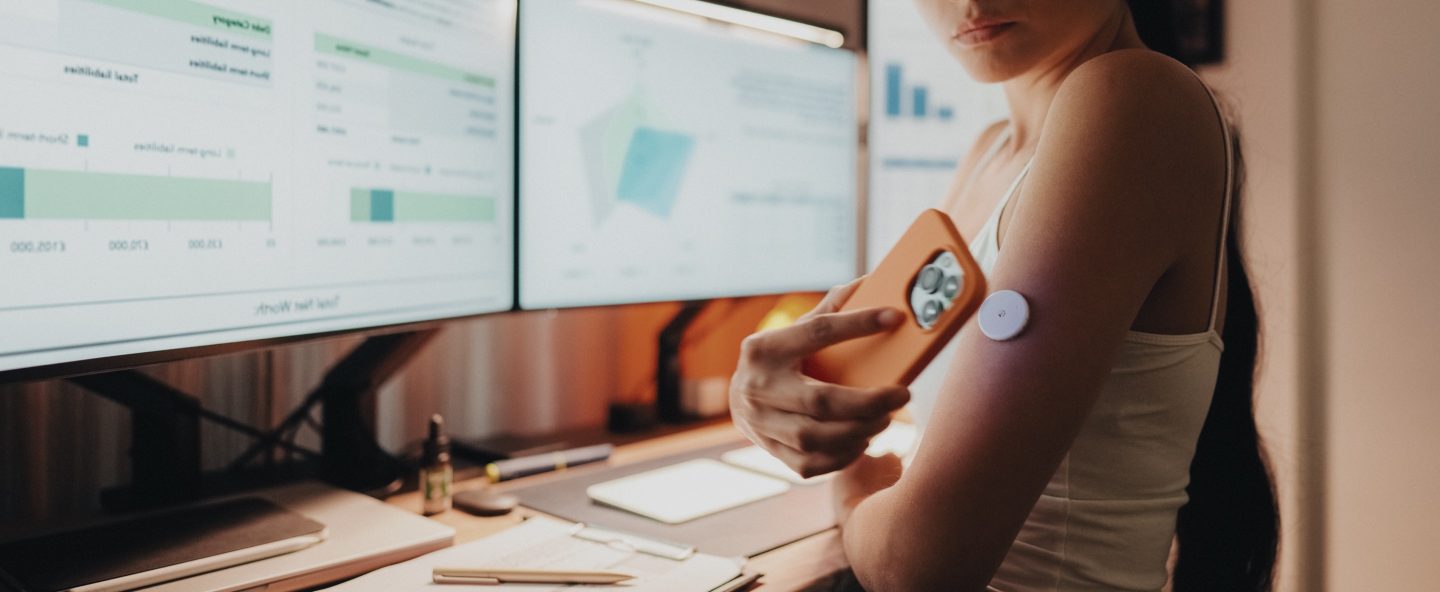Carriero S, Chai PR, Carey J, Lai J, Smelson D, Boyer EW. (2018). mHealth for the detection and intervention in adolescent and young adult substance use disorder. Current Addiction Reports. 5: 110-119. doi: 10.1007/s40429-018-0192-0
The authors describe 20 studies published since 2013 that evaluate screening and intervention mHealth approaches for substance use disorders (SUDs) in adolescents (13-17) and young adults (18-24). Eight studies evaluated substance use detection approaches, 9 evaluated combined detection/intervention approaches, and 3 evaluated interventions. Researchers have successfully detected substance use using ecological momentary assessments (heroin, cocaine; EMA) and wearable sensors (opioid, alcohol, cocaine). Combined detection/intervention approaches used self-report and location detection to trigger interventions for alcohol and marijuana use. Most of the mHealth approaches reviewed did not target adolescents or young adults (90%). Of those interventions that did target young people, there no evidence of improvement in substance use outcomes among participants. Challenges to using mHealth to address SUDs included accurate measurement and detection of substance use, data security and privacy, data quality assurance, and evaluation of commercially available apps. Researchers suggest future research focus on developing a common mHealth development system that allows detection and intervention approaches to be developed from a set of pre-made, evidence-based components (e.g., self-report diaries, randomly delivered EMAs, psychoeducational materials, therapeutic modules) that developers can select and insert into an mHealth approach template.
